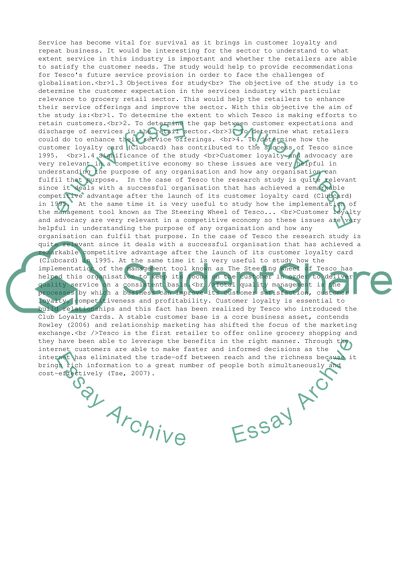Cite this document
(“Customer loyalty Tesco Case Study Research Proposal”, n.d.)
Customer loyalty Tesco Case Study Research Proposal. Retrieved from https://studentshare.org/business/1522812-customer-loyalty
Customer loyalty Tesco Case Study Research Proposal. Retrieved from https://studentshare.org/business/1522812-customer-loyalty
(Customer Loyalty Tesco Case Study Research Proposal)
Customer Loyalty Tesco Case Study Research Proposal. https://studentshare.org/business/1522812-customer-loyalty.
Customer Loyalty Tesco Case Study Research Proposal. https://studentshare.org/business/1522812-customer-loyalty.
“Customer Loyalty Tesco Case Study Research Proposal”, n.d. https://studentshare.org/business/1522812-customer-loyalty.


